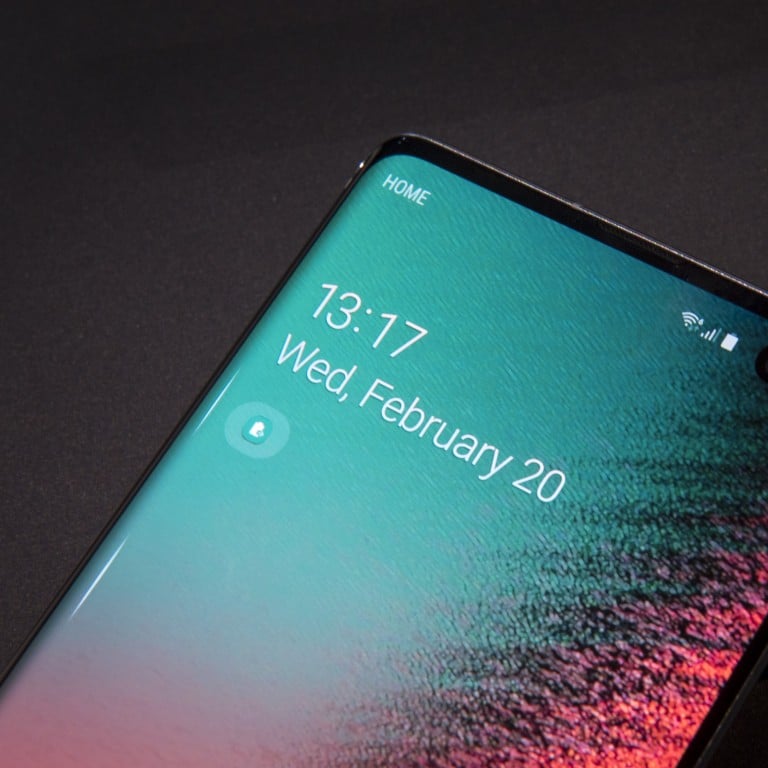It’s longer battery life we want most from our smartphones, not 5G or gimmicks – survey finds

- A new survey shows most of us have heard of 5G and foldable devices, but they are not going to make us buy a new model
Foldable phones, 5G and other hyped features are not going to motivate most of you to buy a new smartphone.
You’re driven by something more basic – such as a phone battery that will last a full day and beyond.
These are key takeaways from a survey of 1,303 smartphone buyers in the United States, conducted in February by market research company SurveyMonkey Audience.
Consider that two out of three smartphone owners have heard of the blazing fast 5G, or fifth-generation, wireless networks that are only now starting to emerge.
Nearly half have at least a passing familiarity with “foldable” or flexible-screen devices that are supposed to herald the next wave of smartphone innovation, including a model that Samsung flaunted (just a little) at an “Unpacked event” on Wednesday in San Francisco, which marked the 10th anniversary of the company’s flagship Galaxy S phone line.

And yet for Samsung and other phone makers all gung-ho about exploiting 5G and flexible design hardware in 2019, familiarity doesn’t mean such features rank high on consumer wish lists – at least if those would-be mobile buyers have to spend a small fortune to get them.
Instead, people want what they have always wanted, notably that extra power and a handset that takes good pictures. Even at that, consumers can live without multiple camera lenses or fancy augmented reality stunts.